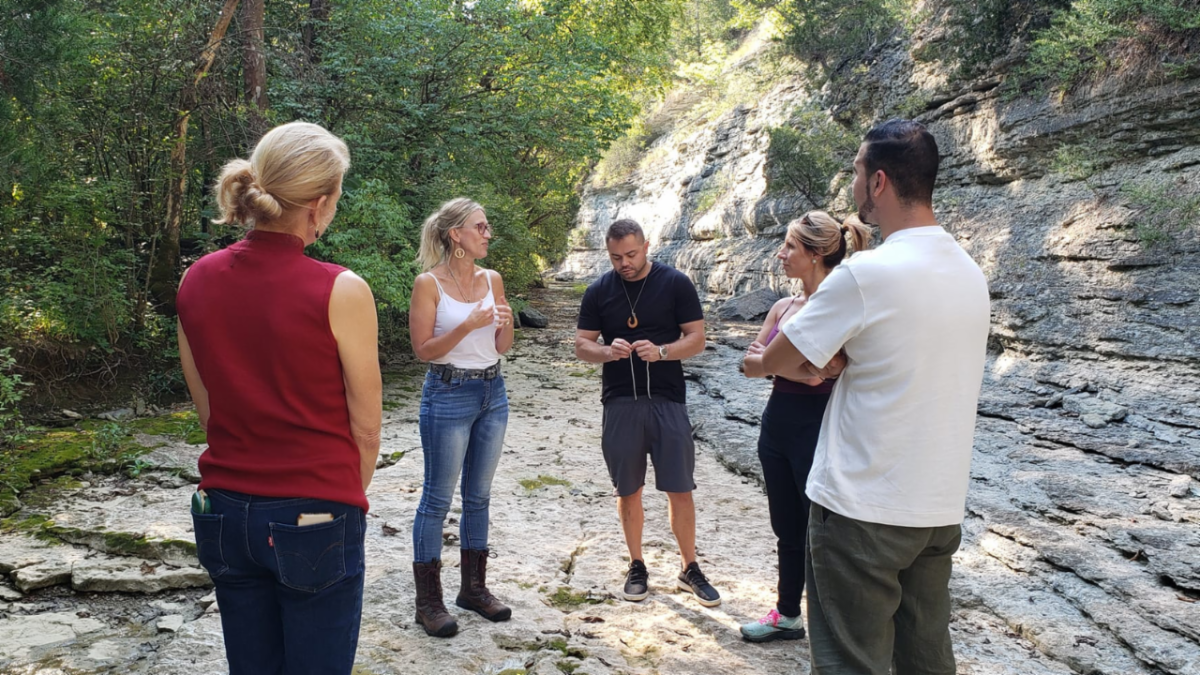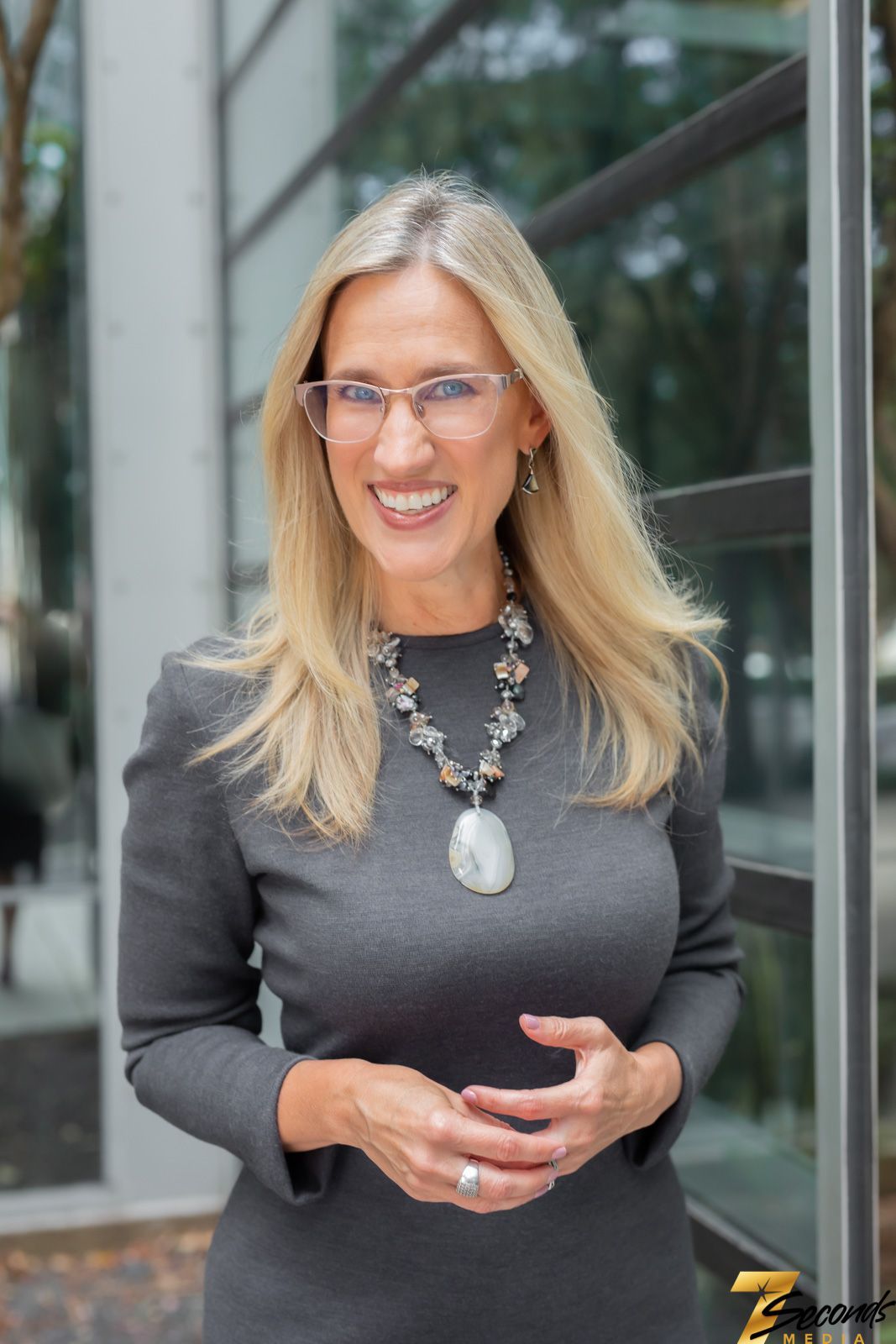Are You “Golding”?

I’ve identified three spaces where someone can operate that will keep them out of being courageous, vulnerable leader.
Take a look
Over the past 18 months, I’ve been stepping more into the arena of speaking about vulnerability in leadership.
I hired Susan Kerby, speaker coach extraordinaire, to work with me to craft a talk that was both meaningful and clarified what vulnerability is and isn’t.
My presentation also included how to create more transparency in your personal and professional life as this has been my personal journey over the past 5 years.
vulnerable leader - Upside Thinking
Vulnerability isn’t simply being visible, open, or even strong, however, it is part of being a courageous leader worth following.
When I speak about courageous leadership coupled with vulnerability, I talk about the importance of engaging in healthy vs. unhealthy relationship patterns at home and at work.
I’ve identified three spaces where someone can operate that will keep them out of being courageous, vulnerable leader.
These three places are:
1.Holding: When you are in holding, you’re standing your ground.
You’re closed off and in attack mode, ready to strike at any moment. Because you feel as if your back is against the wall, you cannot really hear what is being said to you or why it is being said. You’ve dug your heels in the ground and aren’t going to budge.
2.Bolding: When you are in bolding, you assume a “command and control” leadership stance where you believe you have to do it all by yourself.
You take full responsibility for everything around you even if it isn’t yours to take on.
This is the place where perfectionism lives.
In this place, you may be attached to being seen a certain way i.e. having it all together so that you’re not perceived as weak or emotional
3.Folding: When you are in folding, you breakdown.
In this space, you become angry, bitter or regret your actions – and pull back.
Because you believe you should have been nicer, kinder, or shown up differently and you didn’t, you make yourself smaller and usually do it with heaps of guilt or shame.
What’s fascinating about these relationship patterns is that when you’re in them you may not even realize it.
This is why self-awareness is the first area to master within personal competence (handling ourselves) when seeking to be more emotionally intelligent.
Self-awareness is simply understanding one’s internal state(s), preferences, resources, and intuitions.
Recent studies have shown that emotional competence is twice as important as technical competence for mid-level executives.
And, for top executives, 90% success comes from emotional competency which is another reason why this is important.
So, were is the sweet spot, the place where you get to just share yourself as you are?
I like to call that the Gold.
4.Golding: When you are “golding” (my made-up word… ☺) you are genuine, authentic, true-to-you, sincere, and unapologetic about how you feel and why.
You’re in an honest relationship with yourself which allows you to then be in real relationship with others.
You are able to acknowledge where you are – and speak from that place.
When I worked in the government and sat down with an employee to discuss their poor performance, it wasn’t about expressing my anger about how their behavior disrespected me, their supervisor.
It was about the facts — what I noticed, how the office was impacted, and what the consequences would be if the set expectation wasn’t met in the future.
Sometimes there were tears and other times there was fist-pounding.
And, I was able to meet them both by staying in the moment.
When you are in the gold or golding, you get to just be.
My research in this area came from my own unhealthy behavioral patterns within my family – and wanting to shift so that I could step into being a transformational leader that was worth following both in an out of my business.
How could I do this when I would vacillate back and forth from holding, bolding, and folding – feeling badly about my interactions with others?
I would take a stand and then apologize, never speaking my truth.
I would create stories in my head about what I should have said and why.
And, sometimes I would say things that were unkind where I was the one that paid the consequences.
Learning that there was another way has been part of my journey – and while I still can slip into these patters, I am much more aware.
“Whatsoever a man soweth, that shall he also reap.”
What you give is what you get back in return.
The most important reason for me sharing this Upside Thought this week is so that you can examine your own relationship patterns.
- Are they healthy or unhealthy?
- Do you slip into holding, bolding, or folding more often than you would like?
- What is your biggest struggle with being able to shift into “golding”?
-
And, if you’ve mastered this, I congratulate you!
In the end, there is only one you.
One brilliant you.
And, the world doesn’t get to see just how shiny and brilliant you are when you’re tied up in one of these patterns.
Action:
The Upside Challenge of the week is to reach out to someone you dislike whom you believe also dislikes you – or someone you’ve been harboring anger in your heart. Send them a message of love, mercy, forgiveness, and kindness – and release anything that would keep you from being a beacon of light into the world.
It was never about them anyway.
People follow the person first and then their great plan – and for a reason.
The world needs you and your brilliance.
The post Are You “Golding”? appeared first on Upside Thinking.











